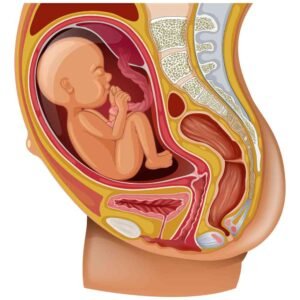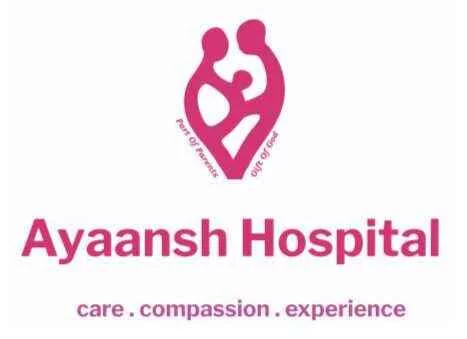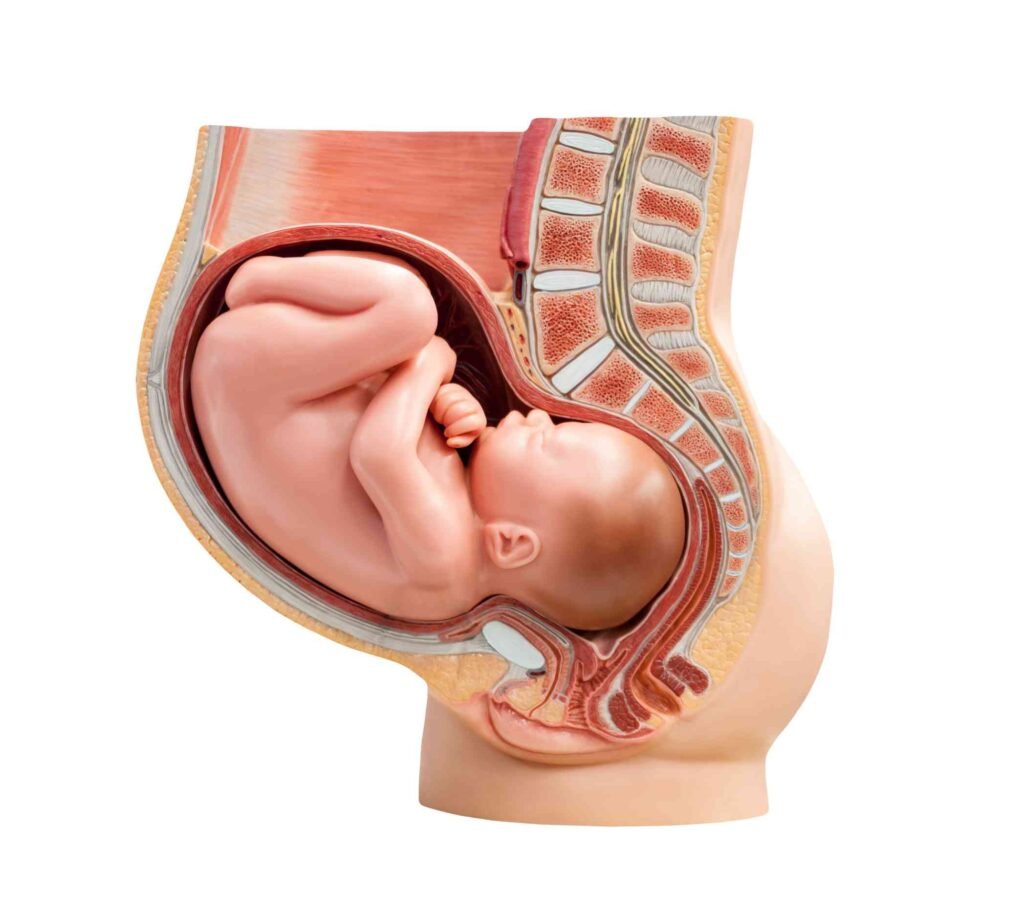Umbilical Cord Prolapse: Causes, Risks, and Treatments
When we think about childbirth, it often brings to mind feelings of excitement and joy. However, the process of giving birth can sometimes bring unexpected challenges. One such complication is Umbilical Cord Prolapse. While it may sound alarming, understanding its causes, risks, and available treatments can help expectant parents feel more informed and prepared. In this blog, we’ll dive deep into what umbilical cord prolapse is, why it happens, and how it is managed to ensure the safety of both mother and baby.
What Is Umbilical Cord Prolapse?
Let’s start with the basics. The umbilical cord is a vital lifeline that connects the baby to the placenta, delivering oxygen and nutrients essential for growth and development. Umbilical Cord Prolapse occurs when the umbilical cord slips through the cervix and into the birth canal ahead of the baby. This can lead to the cord being compressed during delivery, potentially cutting off the baby’s oxygen supply.
There are two main types of umbilical cord prolapse:
- Overt Prolapse: The cord slips into the vagina or outside the mother’s body, making it visible.
- Occult Prolapse: The cord remains within the birth canal but is still positioned ahead of or alongside the baby.
While this condition is rare, occurring in about 0.1% to 0.6% of births, it is considered a medical emergency that requires immediate attention.
Causes of Umbilical Cord Prolapse
So, what causes this rare yet critical complication? While there isn’t always a clear explanation, certain factors can increase the likelihood of umbilical cord prolapse. Let’s explore some of the common causes:
1. Abnormal Fetal Presentation
Babies are ideally positioned head-down in the womb before delivery. However, if the baby is in a breech (feet or buttocks first) or transverse (sideways) position, the umbilical cord is more likely to slip into the birth canal ahead of the baby.

2. Premature Rupture of Membranes (PROM)
When the amniotic sac breaks before labor begins, there’s a chance that the cord could prolapse, especially if the baby’s head or body is not adequately engaged in the pelvis.
3. Polyhydramnios (Excess Amniotic Fluid)
Having too much amniotic fluid can lead to increased movement of the baby, which may displace the umbilical cord and cause it to prolapse when the membranes rupture.
4. Multiple Pregnancies
Carrying twins or more increases the risk of umbilical cord prolapse because there is less room in the uterus, making cord displacement more likely.
5. Prolonged Labor or Unengaged Fetal Head
If the baby’s head does not engage properly in the mother’s pelvis during labor, it creates space for the umbilical cord to slip through.
While these are some of the known causes, it’s important to remember that umbilical cord prolapse can sometimes occur without any identifiable risk factors.
Risks Associated with Umbilical Cord Prolapse
It’s natural for parents to worry when they hear about potential risks during childbirth. While umbilical cord prolapse is a serious condition, prompt medical intervention significantly reduces complications. Here are the main risks associated with this condition:
1. Oxygen Deprivation (Hypoxia)
When the umbilical cord is compressed, the flow of oxygen-rich blood to the baby is interrupted. Prolonged hypoxia can lead to brain damage or, in severe cases, stillbirth.
2. Fetal Distress
Compression of the umbilical cord can cause a drop in the baby’s heart rate, a condition known as fetal bradycardia. This is a sign of distress that requires immediate medical attention.
3. Preterm Delivery
If umbilical cord prolapse occurs prematurely, it may necessitate an early delivery, which can lead to complications associated with preterm birth, such as underdeveloped lungs.

4. Maternal Stress and Anxiety
While the primary focus is on the baby’s well-being, it’s essential to acknowledge the emotional toll that umbilical cord prolapse can have on the mother. The urgency of the situation can be overwhelming for expectant parents.
Diagnosing Umbilical Cord Prolapse
How do doctors identify umbilical cord prolapse? The diagnosis is usually made during a physical examination or through monitoring the baby’s heart rate. If a sudden drop in the heart rate is observed, it may indicate cord compression. In overt prolapse, the cord may be visibly protruding from the vagina, making diagnosis straightforward.
Occult prolapse, however, may require additional tools such as ultrasound to confirm the condition. Once diagnosed, immediate action is taken to prevent complications.

Treatment and Management
The good news is that umbilical cord prolapse can be effectively managed with prompt medical care. The primary goal is to ensure that the baby continues to receive oxygen until delivery. Here’s how doctors address this condition:
1. Positioning the Mother
One of the first steps is to reposition the mother to relieve pressure on the umbilical cord. Positions such as the knee-chest or Trendelenburg position (where the mother’s hips are elevated) can help reduce compression.
2. Manually Relieving Cord Pressure
In some cases, a healthcare provider may insert their hand into the vagina to lift the baby’s head or body off the umbilical cord, ensuring continued blood flow.
3. Oxygen Administration
Supplemental oxygen may be given to the mother to increase oxygen supply to the baby.
4. Emergency Delivery
If the baby’s oxygen supply is compromised, an emergency cesarean section is often performed. This is the most common course of action in cases of umbilical cord prolapse.

5. Monitoring and Aftercare
After delivery, the baby is closely monitored for signs of oxygen deprivation or other complications. The mother may also require emotional support and reassurance.
Can Umbilical Cord Prolapse Be Prevented?
While not all cases of umbilical cord prolapse can be prevented, certain measures can reduce the risk. For example, careful monitoring during pregnancy, especially in high-risk cases such as breech presentation or polyhydramnios, can help doctors anticipate potential complications. Planned cesarean delivery may be recommended for women with known risk factors.
Additionally, avoiding artificial rupture of membranes unless medically necessary can lower the likelihood of cord prolapse.
Final Thoughts
Umbilical cord prolapse is a rare but serious complication that requires swift medical intervention. By understanding its causes, risks, and treatments, expectant parents can feel more empowered and prepared. Regular prenatal care and open communication with your healthcare team are crucial in identifying and managing potential risks.
If you’re an expectant parent with concerns about umbilical cord prolapse or other pregnancy complications, don’t hesitate to speak with your doctor. Knowledge is power, and being informed can make all the difference in navigating your childbirth journey confidently. After all, the goal is a safe and joyful arrival of your little one.


